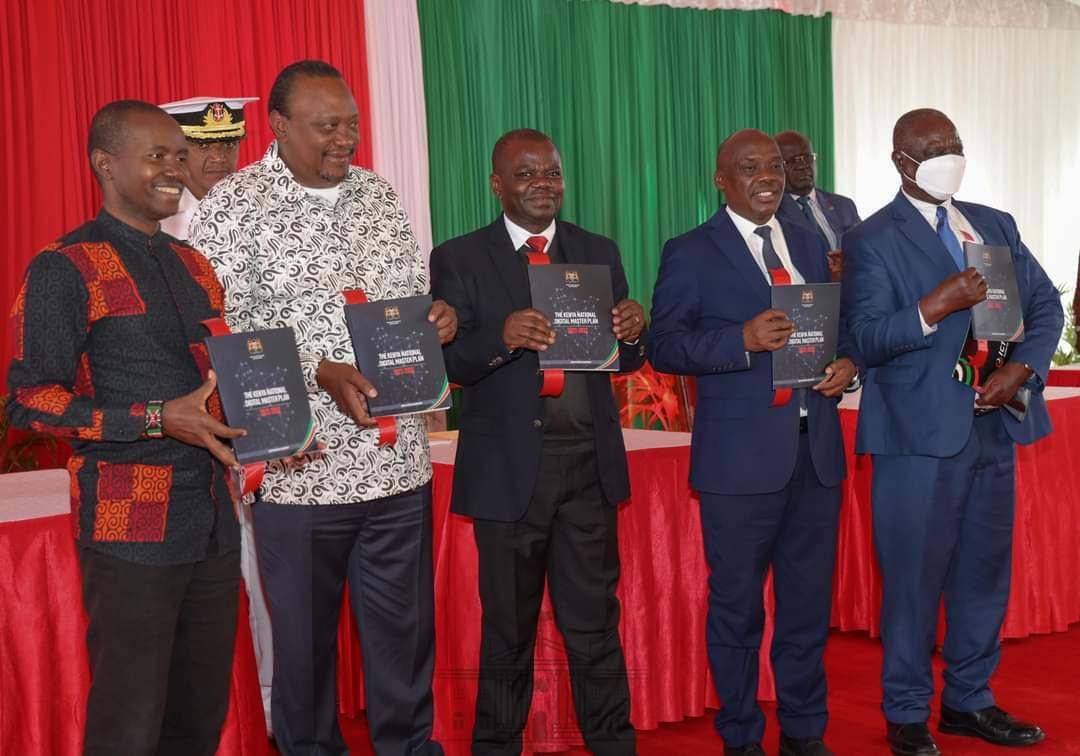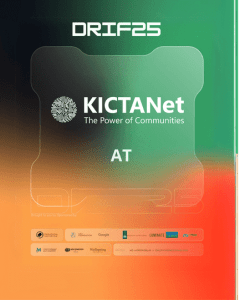By John Walubengo
Early this year, before the contentious politics of the 2022 general elections took centre stage, the former Cabinet Secretary for ICT Innovation and Youth Affairs, Joe Mucheru, through the ICT Authority agency, launched what is currently known as the Kenya Digital Master Plan.
Before delving into its key components, many Kenyans following the Kenyan ICT scene may ask – and validly so – why another document? Don’t we already have enough of these ‘digital’ documents, including but not limited to the National Broadband Strategy (2018-2023), the Digital Economy Blueprint (2019), the National CyberSecurity Strategy (2022), and heaven knows what else is likely to come soon with the new administration?
Shouldn’t we focus on one document and try to implement even half of it instead of forever churning out more and more of these nice-looking documents that other countries—other than ourselves – like to benchmark and implement before we do?
These are all valid concerns, but there is a good reason why we have all these many documents, and possibly many more coming shortly (hint: National AI Strategy?)
All the above documents were created at different times, with different motives, and by other custodians. Although there will be obvious overlaps, that should not mean there will be duplicated efforts as long as there is a coordination and monitoring center at the apex, the ICT Ministry level.
The custodian of the National Broadband Strategy has traditionally been Kenya’s regulatory agency, the Communication Authority (CA). They have the most significant interest in terms of their mandate to ensure that good quality communication services are extended to all parts and citizens of Kenya.
The National Broadband Strategy (NBS) speaks to this agenda, and CA should be held accountable for the success or otherwise of the NBS, which is scheduled to lapse next year in 2023.
The Digital Economy Blueprint, under the custody of the National Communication Secretariat, is a component of the continental-wide SMART Africa Project, with Kenya appointed to be the custodian and role model for the rest of Africa in digital economy matters. Other select member states have designated flagship projects ranging from AI (South Africa) Data Protection (Senegal), amongst others.
Whereas the National Cybersecurity Strategy is domiciled under the Ministry of Interior, National Computer and Cybercrimes Coordination Committee (NC4), its operational reality largely finds itself within the ICT sector – where most of the critical digital infrastructure and corresponding actors play.
Finally, the Kenya Digital Master Plan is under the custody and ownership of the ICT Authority and looks at how the national digital agenda can be promoted and implemented locally and across the public, private, and civil society sectors.
This Master Plan has five pillars that are responsible for the provision of digital services to citizens, businesses, and other stakeholders, as summarised below:
Digital Infrastructure: For equitable access to national service through a pervasive and ubiquitous national ICT infrastructure;
Digital Government Service, Product, and Data Management: For e-Government information and services for improved productivity, efficiency, effectiveness, and governance in all sectors. It also considers technology-related products and services.
Digital Skills: For the development of a digitally skilled workforce and citizenry that is grounded on ethical practices and social-cultural values to implement and operationalize this master plan; and
Digital Innovation, Enterprise, and Digital Business: To enhance the innovation value chain to turn innovative ideas into sustainable businesses and operating models. The pillar also aims to migrate businesses onto the digital platform.
Foundational & cross-cutting Pillars include Policy & Regulatory Framework, R&D, Data Protection & CyberSecurity and Emerging Technologies.
One could argue that all four documents, from the four different agencies, look at the same national digital agenda. However, each agency looks at this digital agenda from its own ‘selfish’ perspective as guided by its mandates.
As long as there is a coordination point at the Ministry, there should be no cause for alarm; as long as each agency strives to implement even just half of what is in their document, Kenya would be in a better place to its digital journey.
John Walubengo is an ICT Lecturer and Consultant. @jwalu.
![]()




